by Robert Louis Stevenson
There are four collections or Chapters contained within the book A Garden of Verses:
For Alison Cunningham
The Child Alone
Garden days
Envoys
They are generally of increasing complexity, length, and sentiment.
The first is dedicated to Alison Cunningham, his nurse from childhood, to whom he attributes a great deal of credit for his literary success. All the verses are very simple with simple themes. This is the largest of the 4 collections and is clearly to be used as Alison Cunningham used it; reading to children.
In many ways this collection of poems for children is more revealing about Stevenson than many of his more serious works.
From: Foreign Lands
I saw the next door garden lie,
Adorned with flowers, before my eye,
And many pleasant places more
That I had never seen before.
The meter is consistent from line to line for simplicity, and the lines are also short.
Thematically, it also shows the isolation of the childhood Stevenson had, and mistakenly presumes upon others. How many children have so little freedom they have never seen the garden next door.
Auntie’s Skirts
Whenever Auntie moves around,
Her dresses make a curious sound,
They trail behind her up the floor,
And trundle after through the door.
Again, the meter remains consistent; the lines remain short. Also again, whether unwittingly or not, Stevenson conveys the sense of isolation by maximizing the silence of a house in which a child pays close attention to the soft swishing sounds made by his auntie’s dress as she moves.
From one of the more famous poems of the collection:
The Land of Nod
4th stanza
Try as I like to find the way,
I never can get back by day,
Nor can remember plain and clear
The curious music that I hear.
Altogether the first collection is useful for it’s simple form and lessons until you reach the last poem “The Keepsake Mill”. The first collection is however mildly solemn, and whether intended or not, reflects the childhood of RLS which was filled with illness and very poor health. The fact that the entire first collection is dedicated to the woman who tirelessly spent so many hours with the invalid and infirm child sets the tone for most of the book.
The second Collection: The Child Alone
is still simple in theme but more complex in form.
Armies in the Fire
The lamps now glitter down the street;
Faintly sound the falling feet;
And the blue even slowly falls
About the garden trees and walls.
Now in the falling of the gloom
The red fire paints the empty room:
And warmly on the roof it looks,
And flickers on the back of books.
Armies march by tower and spire
Of cities blazing, in the fire;--
Till as I gaze with staring eyes,
The armies fall, the lustre dies.
Then once again the glow returns;
Again the phantom city burns;
And down the red-hot valley, lo!
The phantom armies marching go!
Blinking embers, tell me true
Where are those armies marching to,
And what the burning city is
That crumbles in your furnaces!
In the earlier selections of the Chapter, form remains simple but word choice and theme become slightly complex. Ignoring the spelling changes from American to British English, (Luster to Lustre) the word choice of; gaze, crumbles, embers, phantom, etc certainly add to the sense of darkness in the room as the child envisions images in the fire. Oddly, when his meter becomes more complex, he becomes more joyful.
My ship and IO it's I that am the captain of a tiny little ship, Of a ship that goes a sailing on the pond;And my ship it keeps a-turning all around and all about;But when I'm a little older, I shall find the secret out How to send my vessel sailing on beyond. For I mean to grow a little as the dolly at the helm, And the dolly I intend to come alive;And with him beside to help me, it's a-sailing I shall go,It's a-sailing on the water, when the jolly breezes blow And the vessel goes a dive-dive-dive. O it's then you'll see me sailing through the rushes and the reeds, And you'll hear the water singing at the prow;For beside the dolly sailor, I'm to voyage and explore,To land upon the island where no dolly was before, And to fire the penny cannon in the bow.
The third is more complex again in both form and theme, and again for older children.
Envoys, with one exception, is a group of dedications and poems intended for specific individuals he knew.
All of the poems are clearly from a simpler time, as he remembers it. Useful for the teacher in a classroom is the sense of isolation for the privileged few that Stevenson portrays through his poems.
A glaring exception to all of this is the last poem in the first Chapter: Keepsake MillOver the borders, a sin without pardon, Breaking the branches and crawling below,Out through the breach in the wall of the garden, Down by the banks of the river we go. Here is a mill with the humming of thunder, Here is the weir with the wonder of foam,Here is the sluice with the race running under-- Marvellous places, though handy to home! Sounds of the village grow stiller and stiller, Stiller the note of the birds on the hill;Dusty and dim are the eyes of the miller, Deaf are his ears with the moil of the mill. Years may go by, and the wheel in the river Wheel as it wheels for us, children, to-day,Wheel and keep roaring and foaming for ever Long after all of the boys are away. Home for the Indies and home from the ocean, Heroes and soldiers we all will come home;Still we shall find the old mill wheel in motion, Turning and churning that river to foam. You with the bean that I gave when we quarrelled, I with your marble of Saturday last,Honoured and old and all gaily apparelled, Here we shall meet and remember the past.
This poem is not for the children at all. It was clearly written as a gift to the adult that reads to the children, a gift of remembrance and reminiscence.
In many ways, reviewing the work of one of the renowned poets and finding any negative is disconcerting. But the skills and talents that make his work so appealing for adults, when transferred to a child’s medium, appears strange. His best work in the child’s collection are the poems intended for the reader, not the listener. As such I cannot recommend the collection as a whole, but only selected poems as they may apply.
Sunday, April 15, 2007
Subscribe to:
Post Comments (Atom)
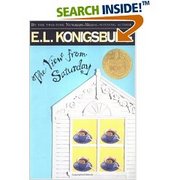

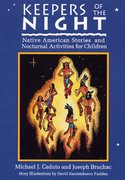

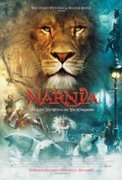

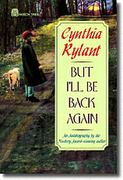

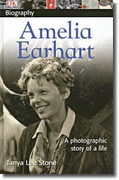

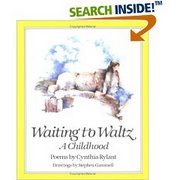

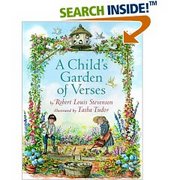
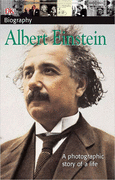
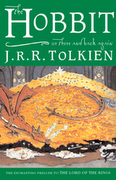
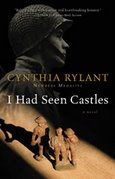
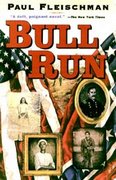
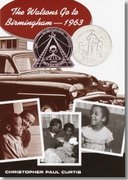
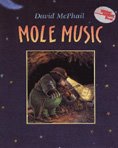
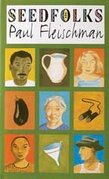


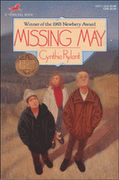
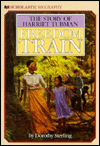
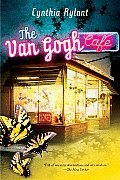
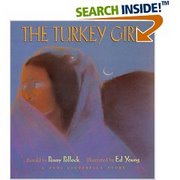

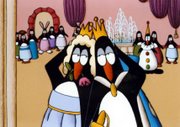

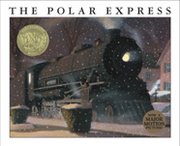
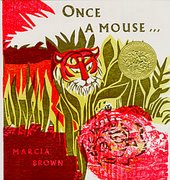
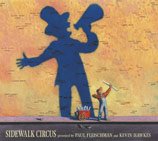
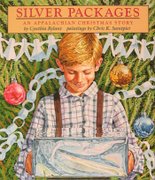
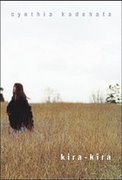

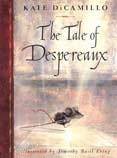
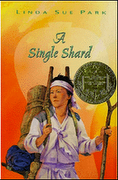
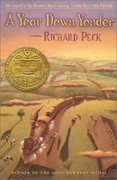


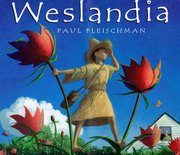

No comments:
Post a Comment